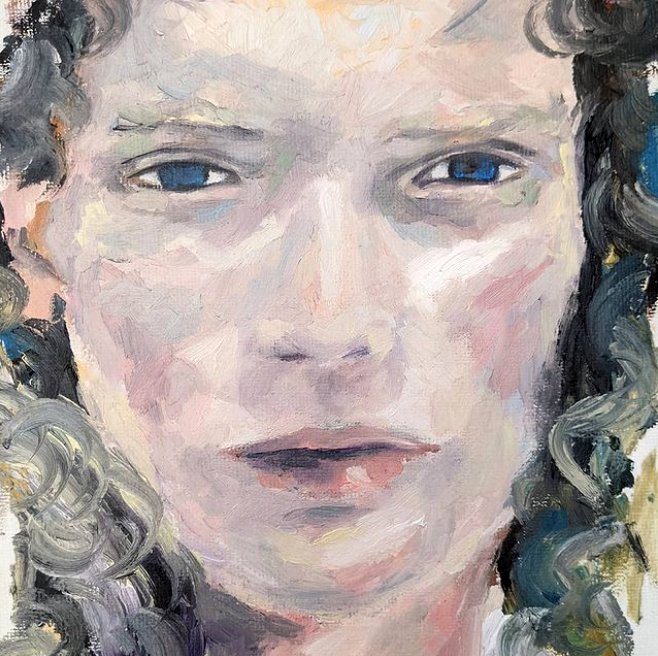…But this theory was trying to get to the point of somehow talking about this reality. Understandably, this was difficult, since one had to take into account the whole publicistic tradition that already existed. And so these attempts at speculative realism and dark enlightenment are in many wilds. You can't neglect the fact that when you think - you do it all on your assumptions and standards of your perception, on what you were told in your childhood, on language structures. And it turns out that this modern realism tries not to reject that criticism, but to move on. And when I came across this Buddhist theory, that's exactly what they did. It turned out that they did what modern theory is about, trying to go beyond the criticism, to make some project about reality in the light of that criticism - the Buddhists did that.
And they've done it in a cool way. They have a powerful critical theory. This whole aesthetics thing, in fact. They have a theory of the flow of elements that make up perception. And the practice is precisely to keep track of that. In short, if you want to delve into that, Heravada. There are a lot of articles by contemporary researchers. Heravada is early Buddhism, Southern Buddhism, based on the sutras. It is the first Buddhism that took shape somewhere in the 1-2 century BC, they already had a powerful theory describing thoroughly about several classifications of what perception consists of, what are the elements, how to keep track of it all. And how through a series of hyan immersions you come to that samajhi when perception disappears. Described the methods of extinction of consciousness and perception. The method of extinction of consciousness…
Fragment of Chapter 4
